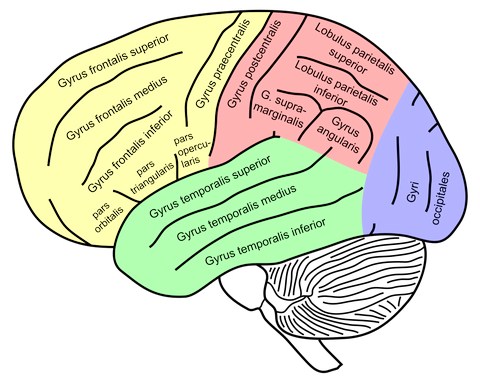
- Corpus callosum: It is a ‘C’ shaped compact band of white matter (fibers) with convexity directed upwards, present at the center of medial surface of cerebral hemisphere. Fibers passing through all the parts of corpus callosum cross the midline and connect identical cortical areas of all the parts of both cerebral hemispheres. This is an example of commissural fibers. Most rostral (cephalic) part of corpus callosum is thin and directed downwards and backwards. It is called rostrum. Next, the bend is known as genu. Behind genu the main part is known as body which ends posteriorly into a blunt rounded end called splenium.
- Fornix: Below the middle of corpus callosum starts a white band of fibers which extends downwards and forwards upto rostral end of corpus callosum. It is called fornix. Fibers in the fornix connect different areas of same cerebral hemisphere and is an example of association fibers.
- Septum pellucidum: It is a thin bilaminar membrane bridging between fornix and anterior part of corpus callosum. Lateral to this septum lies the cavity of cerebral hemisphere (telencephalon) called lateral ventricle of brain.
- Thalamus: Below posterior part of corpus callosum and behind fornix, medial surface of thalamus (diencephalon) is visible. On either side of midline, medial surface of thalamus of both cerebral hemispheres forms lateral boundary of third ventricle of brain (cavity of diencephalon). Thalamus is continuous with hypothalamus below and in front, and with subthalamus below and behind.
- Anterior commissure: It is small cross section of compact bundle of commissural fibers which is situated in front of anterior end (anterior column) of fornix.
Source: P. McKee, J. Calonje – McKee’s Pathology of the Skin (Elsevier)